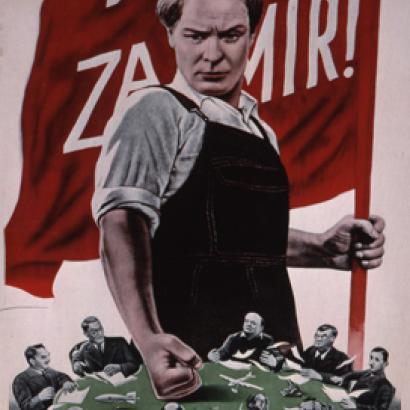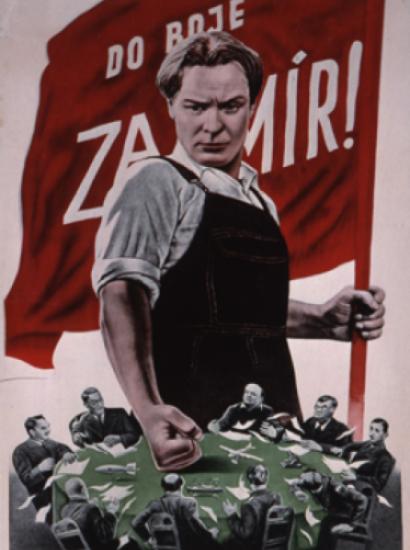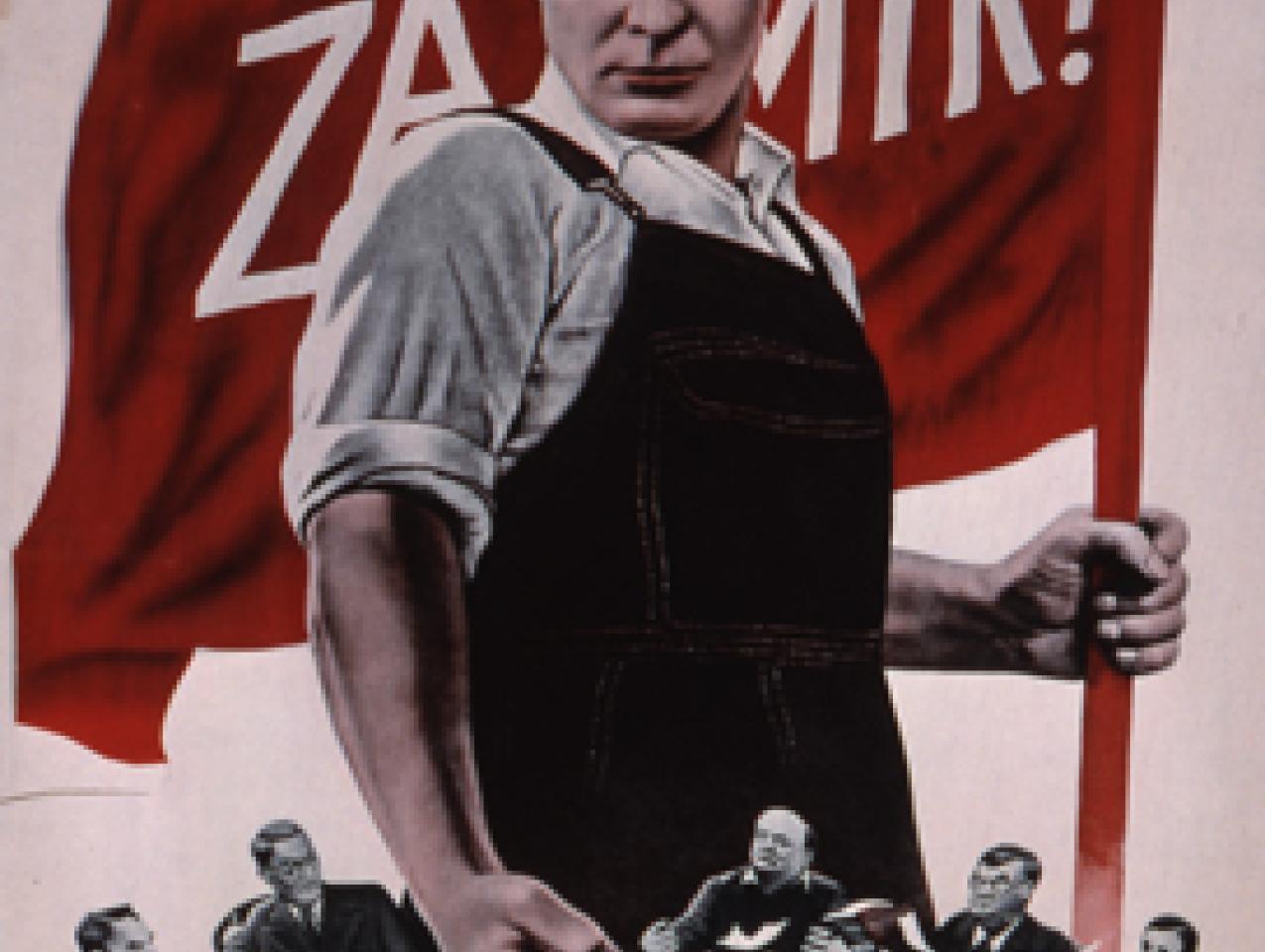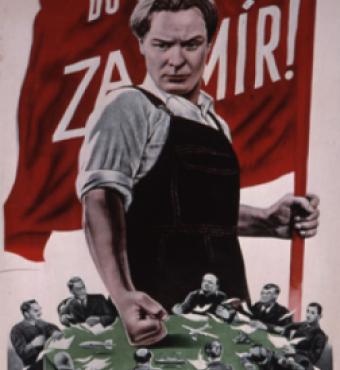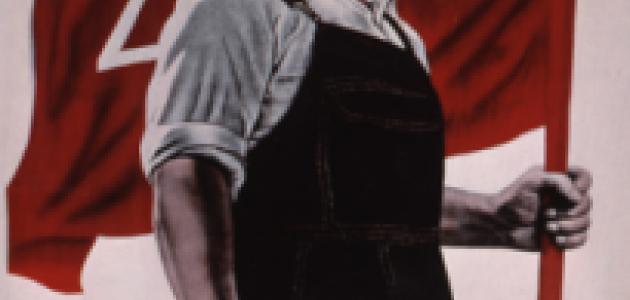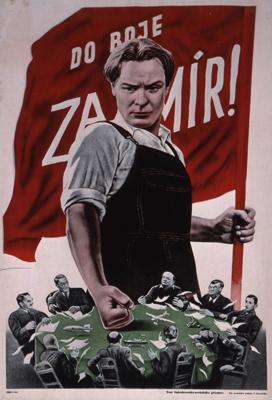- International Affairs
- US Foreign Policy
- History
- Military
- World
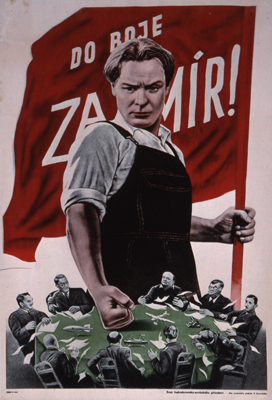
NATO’s character and mission were clearly delineated at its inception. Its mission was to countervail Soviet military power, specifically an attack on Western Europe. The fixed focus was the Fulda Gap.
Its character was bureaucratic; its leadership was charismatic. Its leader, the United States, had gained its charisma through military victory in Asia and Western Europe. And in bureaucratic fashion, orders came down from Washington. Those who failed to obey orders, like the French and British in the Suez affair, were rebuked and desisted or later, like the French, they had one option, exit.
The ethos of the alliance was political-ideological as well as military and like the military was sharply delineated: the Free World led by the U.S. opposed to the Soviet Empire. The two dimensions overlapped concretely and against geography in the case of Greece and Turkey, where political-ideological and military geography led to their membership.
And there was symmetry up to a point. The Warsaw Pact was led by the other World War II charismatic hierarch, the Soviet Union, and attempted defection was followed by similar either-or outcomes, similar but far from identical leadership responses, violent repression (e.g., DDR, Hungary, Czechoslovakia), and/or forced excommunication.
Military conflict between these two entities was limited to peripheral areas like Korea and Vietnam, thereby minimizing escalation to nuclear war between the two leaders, an outcome vividly guaranteed by the mutually accepted doctrine of Mutual Assured Destruction.
Then the Soviet Union imploded (primarily because it was terminally corrupt, not absolutely contained) and communism everywhere became extinct. And NATO became obsolete. Inertia is a remarkably underrated and powerful force that as much as anything explains NATO’s persistence. Vested interests are an even more powerful force for maintaining an organization even when it has lost its mission and defining ethos. The predictable response to the latter from those interests is a Salk Foundation-like search to discover a proximate mission justifying its continued existence and relevance. In short, it is hardly surprising NATO still exists, but as what?
As an anxiety reducing agent for West European and American military-political elites, neither of whom can make sense of the world we live in. But it is precisely NATO’s
shift from fear reduction in a barricaded Cold War Europe to anxiety reduction in a world of poorly delineated frontiers that demonstrates NATO’s irrelevance and futility.
But surely that conclusion can be swiftly refuted. In Iraq, Afghanistan, and Libya one might argue that NATO has proved not only its military efficacy, but also a remarkable capacity for radical adaptability to novel military circumstances.
And if so the credit clearly goes to its leader, the United States. Coalitions of the willing, leading from behind (not, as the polemicists insist, always an unwise measure), assumption of civilian tasks, extension of mission to shifting arenas out of the alliance’s original charter…
In light of these adaptations, one could say that the United States and NATO have shed their rigid, geographically concrete, bureaucratic organization for a Silicon Valley flex; they have opted for post-modern definition suited for the frontier realities of contemporary international military conflict.
One could, and would be wrong!
It is more accurate to see NATO and its American leadership’s responses to frontier violence as ad hoc and opportunistic: bricolage, not architectonic, dizzy with confusion, not with success. NATO needs to be drastically reconceived, but the chances of that happening are at best remote.
Radical revision of powerful inertial institutions requires trauma. Putin’s actions in Ukraine might provide the trauma and be the catalyst.







